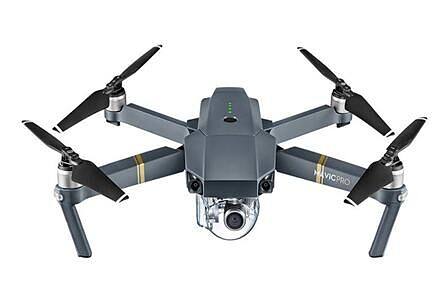In the ever-expanding landscape of radar technology, the exploration of micro Doppler signatures has emerged as a captivating frontier. This article embarks on a journey into the intricate world of micro Doppler signatures, specifically focusing on drones and birds, and investigates the nuances of their radar reflections at both K-Band and W-Band frequencies.

Decoding Micro Doppler Signatures:
Micro Doppler signatures, the distinctive radar echoes produced by the movement of individual components within a target, provide a unique lens through which to understand the nature of objects in motion. This article seeks to unravel the mysteries of micro Doppler signatures and their role in distinguishing between the flight patterns of drones and birds.
K-Band and W-Band Frequencies:
At the heart of this exploration are the K-Band (18–27 GHz) and W-Band (75–110 GHz) frequencies, celebrated for their ability to offer high-resolution imaging and precise micro Doppler signatures. The shorter wavelengths characteristic of these bands empower radar systems to capture fine details of moving objects, making them particularly adept at discerning between various targets.
Drones in the Radar Spotlight:
Drones, or Unmanned Aerial Vehicles (UAVs), have become ubiquitous across diverse sectors, posing a unique challenge to radar systems. When scrutinized at K-Band and W-Band frequencies, the micro Doppler signatures of drones reveal a tapestry of rotating propellers and dynamic components. Radar systems operating in these bands excel at differentiating drones from other objects, enhancing capabilities in security and surveillance scenarios.

Birds in Flight: Aerial Ballet in Radar Vision:
Nature's aviators, birds, showcase a breathtaking aerial ballet with intricate flight patterns and varied wing movements. These natural phenomena translate into distinctive micro Doppler signatures, particularly discernible at K-Band and W-Band frequencies. Radar systems tuned to these bands capture the essence of bird flight, enabling a clear distinction between birds and other airborne entities. This insight proves valuable for applications ranging from environmental monitoring to aviation safety.
Applications and Challenges:
The implications of analyzing micro Doppler signatures at K-Band and W-Band frequencies extend across a spectrum of applications, including military surveillance, border security, wildlife tracking, and airspace management. However, challenges persist, necessitating ongoing efforts to address clutter interference and optimize radar systems for real-world scenarios.

Technological Strides:
In the pursuit of precision, ongoing advancements in radar technology, coupled with sophisticated signal processing algorithms and the integration of machine learning, contribute to refining the detection and classification capabilities of micro Doppler signatures. The collaborative efforts of researchers and engineers continue to push the boundaries of radar systems operating in the dynamic K-Band and W-Band frequencies.
As the radar landscape evolves, the exploration of micro Doppler signatures at K-Band and W-Band frequencies unfolds as a crucial chapter. This understanding not only enriches our comprehension of drones and birds in the radar domain but also propels the development of radar systems for enhanced surveillance, security, and environmental awareness, ushering us into an era of nuanced radar technology.
As a leading supplier of anti-drone radar systems, we are dedicated to delivering high-quality products and exceptional services to our customers. Our cutting-edge technology allows us to accurately unveil micro Doppler signatures in both drones and birds at K-Band and W-Band frequencies. By choosing our solutions, users can effectively detect and mitigate potential threats, ensuring the safety and security of their surroundings. Visit our website today to learn more about our offerings and experience the superior level of protection we provide.

